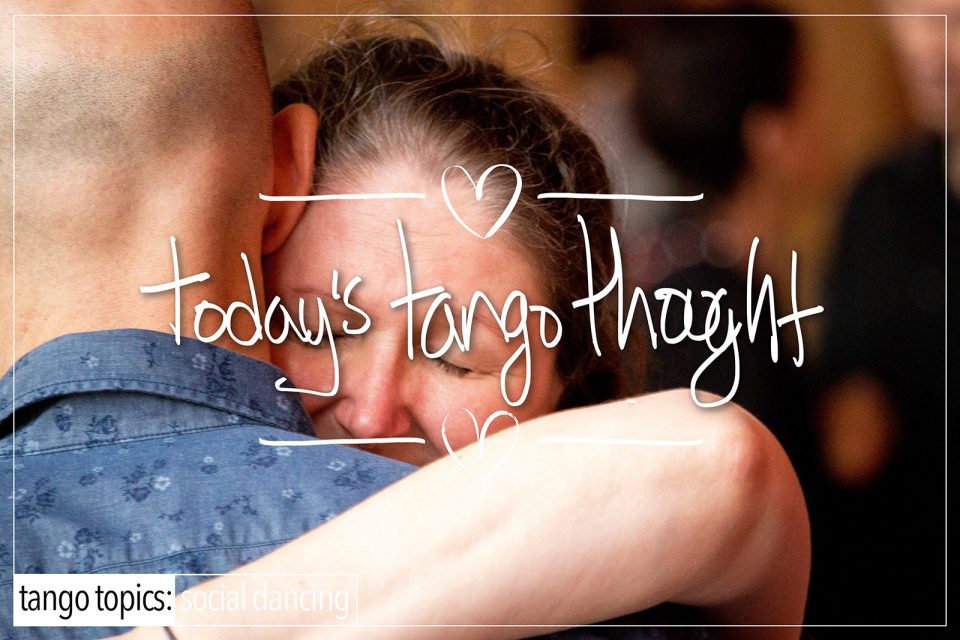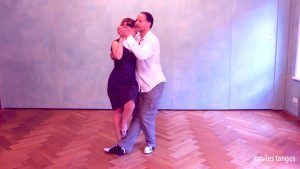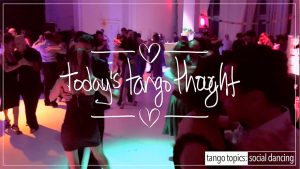Dancing Friends are lovely to have. One should acquire as many as you possibly can, and as often as you can. There’s a good reason for this. Look, Tango is a Social dance experience, not a performance, contrary to what you see happening in the Tango world today. As such that means that ideally want to be as social with our tango communities as is humanly possible, and then some. The more social you make it, the welcoming it becomes. Which, strangely enough make it a more inclusive experience for everyone, and that means the more fun everyone has. Tango can be very, very isolating on multiple levels. From the technique work that has to occur, to the solo practice that you need to do on your own to improve, to the constant upkeep of your skill set. These are isolating on their own.
At the same time, there will always be those people that don’t feel accepted or wanted for whatever reason, and there is not much you can do about that except to be as friendly and open as you possibly can with them. So here’s quite possibly the best piece of advice this page has ever given, ‘Smile’ and say ‘hello’ to everyone. No, really, smile. Be friendly and say ‘hello’ to everyone. Trust me, it goes a long, long way to smoothing over things to creating a welcoming atmosphere in your own tango environment.











